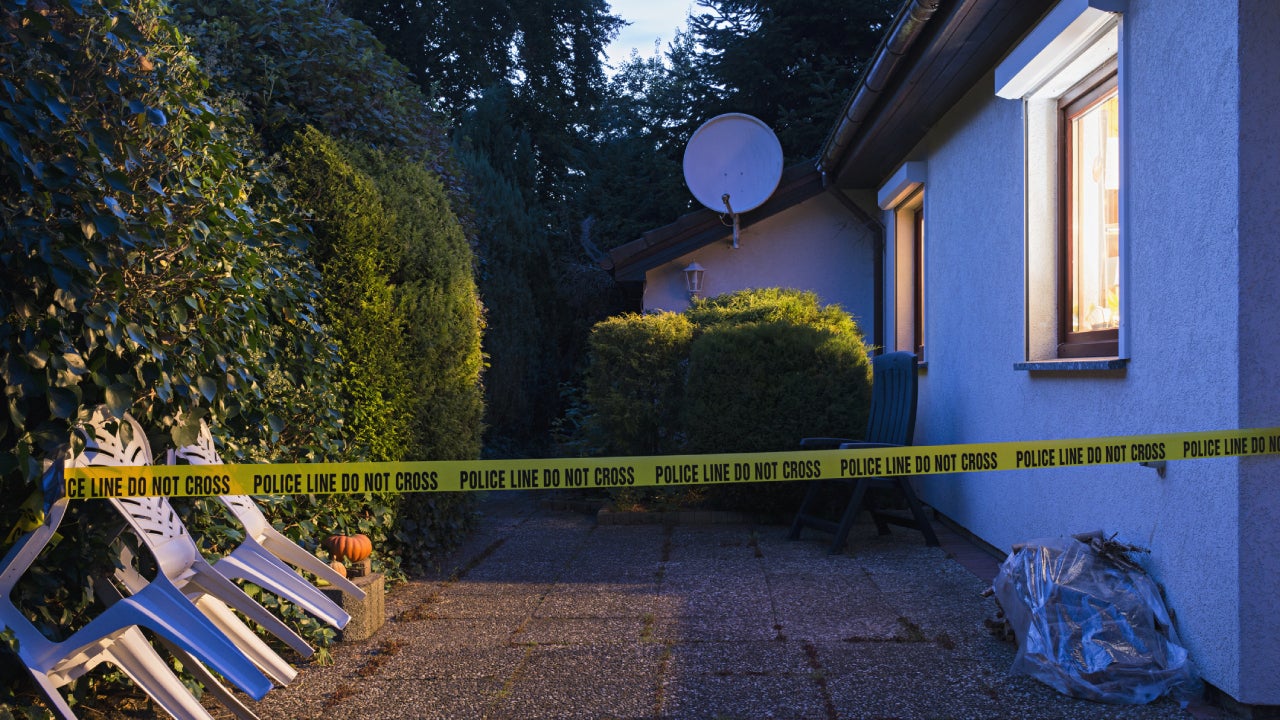What is adverse possession in real estate?

Key takeaways
- Adverse possession is a legal principle that allows someone to gain ownership of land owned by someone else if certain requirements are met.
- Requirements for adverse possession vary by location, but typically include occupying, using and maintaining or improving the property for a specific amount of time.
- To avoid claims of adverse possession, property owners should know their property boundaries, regularly inspect the property and take steps to prevent any unauthorized use of it.
As a homeowner, you’re probably not spending a lot of time thinking about the potential for someone to claim they are the rightful owners of a piece of your land. However, that can happen, and when it does, it’s called adverse possession. While it’s not overwhelmingly common, it’s smart to understand the basics to make sure that your land stays your land. Read on to learn more about how adverse possession works, how it differs from other types of land agreements and what you can do to protect yourself.
What is adverse possession?
Adverse possession is a legal principle that grants a person ownership of land owned by someone else if the person meets certain requirements. Typically, these requirements include occupying, using and maintaining or improving a property owned by someone else for a specific amount of time.
In some cases, adverse possession is intentional: Someone may knowingly use land that isn’t theirs. In many cases, however, adverse possession is accidental due to blurred property lines between neighbors and historical confusion over land boundaries.
Learn more: Can you sell your house if you still have a mortgage on it?
Adverse possession vs. an easement
Adverse possession is different from an easement, in which a property owner explicitly grants certain rights to someone else. For example, you might extend permission to use a driveway to someone else. Generally, to be considered adverse possession, someone must be using the property without the owner’s permission.
Examples of adverse possession
- A goat pen on undeveloped land: In Delaware, a woman had been keeping goats on two-thirds of an acre in a beachtown for years, although that land was actually owned by another family.
- Managing land left vacant after a fire: In Massachusetts, a woman managed to claim adverse possession after a developer bought the plot of land that she had been caring for and hosting gatherings on for decades.
- Building two carports beyond a mistaken property line: In Iowa, a couple that had paid to repave a driveway and build new carports successfully claimed adverse possession after a land sale revealed that they had never actually owned the portion of the land with the driveway.
Adverse possession vs. squatting
Adverse possession is a legal form of taking over property ownership, while squatting, or taking up unauthorized residence in an abandoned or unmonitored space, is illegal. However, a squatter intentionally occupying an abandoned home might be able to claim adverse possession in court after a certain period of time. This can fall under what’s known as “squatter’s rights,” and the laws governing it vary by state.
Adverse possession requirements
To successfully win an adverse possession case in court, you’ll need to meet a range of requirements, which vary by state. However, there are some similarities that apply to all forms of adverse possession including:
- Timing: No one can claim adverse possession after simply using property for a few months. Some states like Montana and California have short adverse possession windows — as little as five years — while most states have significantly longer 15- and 20-year requirements.
- Continuous use: During that time, the possessor making the claim must have continuously occupied and used the property. Someone who lives in a family’s vacation home for three months a year couldn’t claim adverse possession, for instance, as he doesn’t occupy it continuously.
- Hostile use: In this context, “hostile” means that the possessor making the claim has used the property without permission. The possessor must show that the property owner hasn’t rented, leased or otherwise granted him permission to use the property.
- Exclusive use: The possessor making the claim must be the sole occupant and user of the property, act as the owner of the property and exclude others from using it (including the actual owner).
- Open and notorious: The possessor making the claim must be forthcoming about his use of the property, instead of concealing it. It should be obvious to neighbors or onlookers that the possessor is using the property, and the possessor should be taking actions that the owner typically would, such as receiving mail there.
- Actual possession: Likewise, the possessor making the claim must act as an owner would, such as keeping up with maintenance or home improvements. This can include mowing the lawn, maintaining the structures on the property and even paying property taxes.
In most jurisdictions, the possessor making the claim bears the burden of proof. In other words, the possessor must show that his claim meets all of the requirements that constitute adverse possession.
How to prevent adverse claims to your property
Follow these three key steps to avoid letting a piece of your property slip away to someone else.
- Know exactly what you own: If you’re unsure, it may be worth getting your property surveyed and marking its boundaries, so that it’s clear what belongs to you and what belongs to your neighbors. A survey can turn up any issues, such as a misplaced fence, before they lead to claims. This is an especially critical step if you own a large piece of land and/or your property has been handed down in your family from generation to generation. The longer a property dates back, the more likely there could be some error in the property records.
- Document any authorized use of your land: If you have agreements with neighbors to let them use some of your property in a particular way, put it in writing or secure a legal easement. Granting explicit permission this way makes the use of your property non-hostile, which would prevent a claim of adverse possession.
- Never leave property unattended for an extended period of time: If you own property you don’t frequently use, take the time to visit and inspect it regularly (or have a trusted party do this for you) to make sure no one is occupying it. Be sure to maintain the property, as well. You may be able to point to that as evidence that you retain actual possession if the need arises. It may also help to put up a fence or post a “no trespassing” sign.
If you do find someone using or occupying your property, you need to take immediate steps to stop it. Remember: There are time requirements to satisfy any adverse possession claims, so the sooner you remove the person from the land, the better off you’ll be.
You’re not going to be able to do it on your own. Instead, you’ll likely need to contact a real estate attorney to help manage the process and ensure all the appropriate actions are taken to support your case in court. According to C. Scott Schwefel, a Connecticut-based real estate lawyer, you’ll likely need to serve the adverse possessor a notice in writing and record the notice in your jurisdiction. “This acts as an interruption of the adverse possessor’s use and possession of the property and prevents acquisition,” Schwefel says.
Once you know what you own, “it’s very simple to avoid adverse possession claims,” says Rajeh Saadeh, a New Jersey-based lawyer. “Treat your property like it’s yours by securing your borders and using lawful means to remove those who don’t have your permission to enter or stay,” he says.
Learn more: How to sell your house in 2025: A step-by-step guide
Additional reporting by TJ Porter







